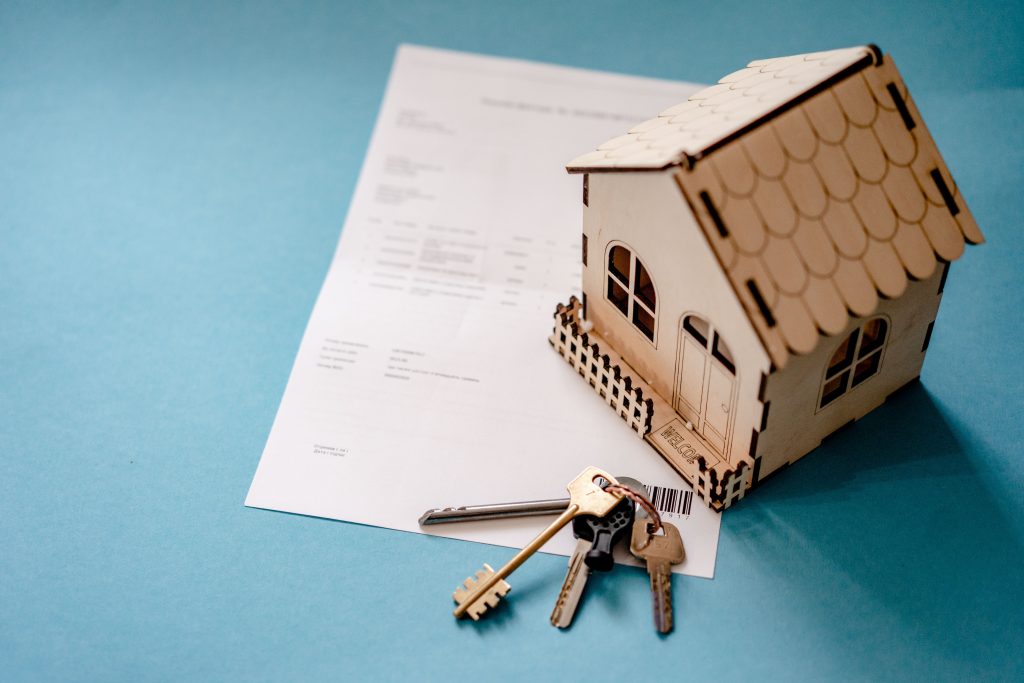For experienced real estate investors, using a rent roll is likely a standard part of their property management practices. If you’re a new investor, reviewing the rent roll was part of your due diligence before purchasing the investment property.
But did you fully understand the value it provided?
Investors use rent rolls to provide a snapshot of the gross income expected from a single investment property or a portfolio. It offers critical property details not found within a profit & loss statement or on tax return schedules.
Those details include tenant information, lease dates, security deposits collected, and unit descriptions such as bed/bath counts. This is essential information for property owners, sellers, buyers, and potential lenders. The best thing about a rent roll is that it puts all that information at your fingertips.
The Information in a Rent Roll
The more properties you own, the more valuable the information in a rent roll will be for managing your assets. That is, as long as the information is maintained and updated regularly.
Build your rent roll by starting with the information contained in the current lease agreement for each tenant. However, try to find the balance between too much and not enough information by sticking to the following details.
- Tenant/Lessee’s full name
- Property Address (including the specific unit for multi-family properties)
- Unit Details (square footage, bedroom and bath count)
- Monthly Rental Amount from Lease
- Actual Rent Collected (amount, date received, method of payment)
- Lease Start Date
- Lease End Date
- Move-in Date
- Amount of Security Deposit Paid
- Other Unique Lease Details (expenses covered/not covered in the lease)
- Misc Revenue Sources for Property (if applicable)
You should also keep track of any rolling balances a tenant owes and specific contact information for individual tenants within the rent roll. Also, if a rent increase percentage is included in the lease agreement, note the amount on the rent roll.
Now you have a document that will tell you the current and projected gross income for your investment. But it contains more valuable property management information than this one detail.
The rent roll allows owners to plan for projected increases and decreases in monthly income in one glance. Plus, the lease expiration dates recorded in the rent roll will enable you to pro-actively renew a lease or plan for unit vacancies and the expenses for repairs/remodels.
You can easily project future revenue if you plan to renew a lease with preset annual increases. And knowing the amount collected for a unit’s security deposit helps to prepare for upcoming repair expenses.
Rent Rolls and Market Value
Property owners can more easily evaluate current market rents for similar properties with the specific unit information in the rent roll. The value of any rental property is the income it produces, and the market constantly fluctuates.
Tracking the current market rents helps to ensure a property is earning up to its potential.

Having access to information about the current income and market rents at your fingertips is a game changer for investors.
The other information a rent roll provides related to market values and property management decisions are vacancy rates and delinquent rent payments.
Recording the details of each tenant’s monthly payments can make it easier to make lease renewal decisions. Equally important is viewing lease expiration dates, which, as mentioned, can be used to reduce vacancy time proactively.
But they also provide a valuable historical record of vacancy rates per unit and property. When you’re ready to refinance or sell your property, a buyer and a lender will require this information.
The Rent Roll and Property Sales
It isn’t easy to sell a multi-unit investment property without a rent roll. While it’s only one of the documents you’ll need to provide, it’s a critical component of basic due diligence.
Potential buyers will review previous and current rent rolls to assess details like tenant stability, historical vacancy rates, and pending lease expirations. Information about current market rents per unit that you include in your rent roll is also valuable to a buyer.
A buyer’s lender, or a lender refinancing an investment property, requires rent rolls as part of standard underwriting requirements for multi-family buildings. Aside from gross income, Lenders pay attention to tenant stability, current income, and delinquent rental income – just like a buyer.
Lenders compare a rent roll to tax return schedules and a property’s operating/profit and loss statements. A property with stable tenants and rent payments presents less risk to a lender.
It shouldn’t be surprising that a lender would view the opposite – extended vacancy rates and delinquent rents – as a red flag.
Document review is just one part of adequate due diligence by buyers and lenders.
The best thing a buyer can do, along with reviewing income and expense documents, is to inspect the property physically, looking at as many individual units as possible. Lenders visually inspect a property via the appraisal process and will only make their lending decision with it.
Final Thoughts
Whether you use a spreadsheet template for your rent roll or a software version, maintaining one should be a standard part of managing an investment property.
They can be prepared per individual property or for a portfolio of properties.
Developing a habit of using a rent roll, and keeping it up-to-date, is a sign of an experienced investor.




Leave a Reply